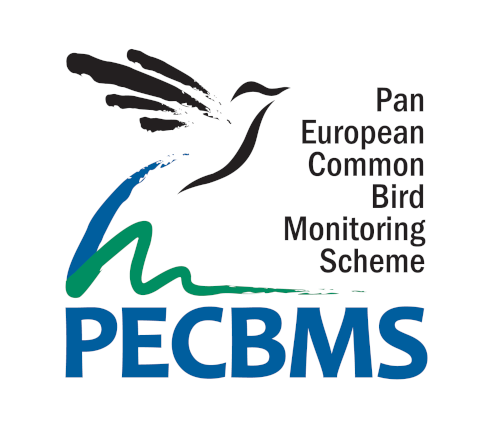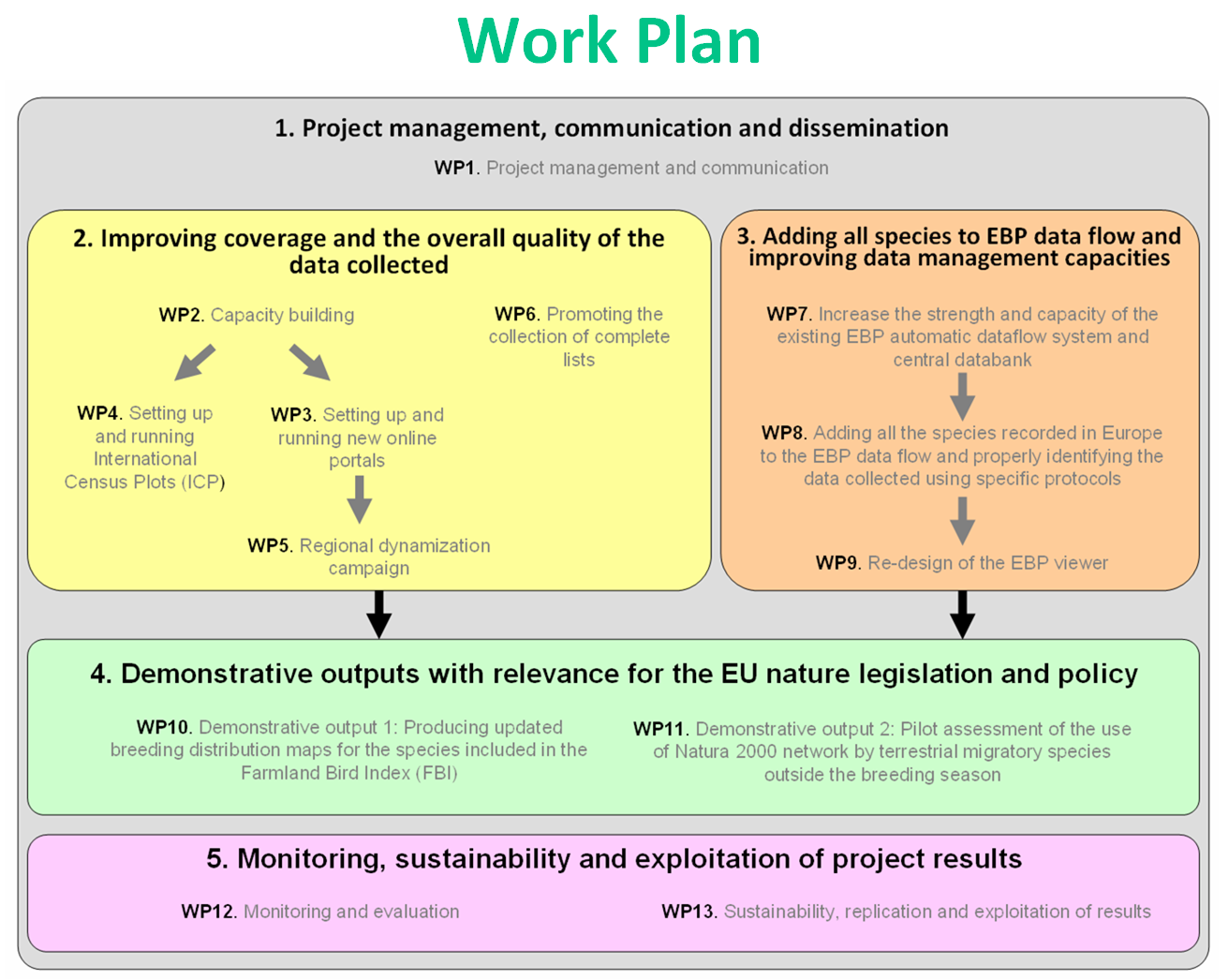Background
The EBP is a project of the European Bird Census Council (EBCC) developed through a partnership of ornithological organizations from 31 countries that combines the data collected by the online bird recording portals operating in Europe to describe the large scale spatiotemporal patterns of bird distributions and their changes over time.
Online bird portals obtain year-round data from the intensive and widespread activities of birdwatchers. However, data is, essentially, collected using simple standardised protocols (complete lists) or no protocol at all (casual observations). Currently, the EBP mobilizes the data from 21 different systems, storing effort and contextual information from all data collected but individual records of only 137 species. The EBP central database repository receives nearly all these data from the local online portals automatically and on a daily basis, following the same common data standard and with updates up to the previous day. Moreover, thanks to the LIVE EBP viewer, all data collected by the project is nicely presented to the general public in the form of weekly animated maps spanning from January 2010 up to the current week.
The capacity of the EBP project to provide the most up to date information on the location of birds in time and space across Europe, has been successfully applied to provide support in such relevant issues as the surveillance of Avian Influenza in Europe. However, to make a more widespread use of the EBP capabilities, there are two key areas were a big step-forward is still needed. Having the capacity to collect and manage the data from all bird species occurring in Europe (>800), not just the current 137 ones, is one of the most critical ones. The other important limitation is the geographic coverage, which it is still too poor, in absolute terms or regarding the quality of the data collected, in some areas of Europe, particularly, the SE.
The main objective of this proposal, therefore, is to reinforce the EBP capabilities in order to allow it to contribute to the evidence required to inform the successful delivery of information for different elements of the EU biodiversity policy. Moreover, to be able to deliver the best possible outputs during the breeding season, it is also very important to align the EBP capabilities with those of the two other EBCC projects (the European Breeding Bird Atlas 2 (EBBA2) and the Pan-European Common Bird Monitoring Scheme (PECBMS)), as the combination of the different datasets and know-how of these three projects will certainly increase the overall value of policy relevant outputs.

EBBA2 provides vital data for conservation by documenting changes in the breeding distribution of all European bird species.

PECBMS uses common birds as indicators of the general state of nature using large-scale and long-term monitoring data on changes in breeding populations across Europe.





